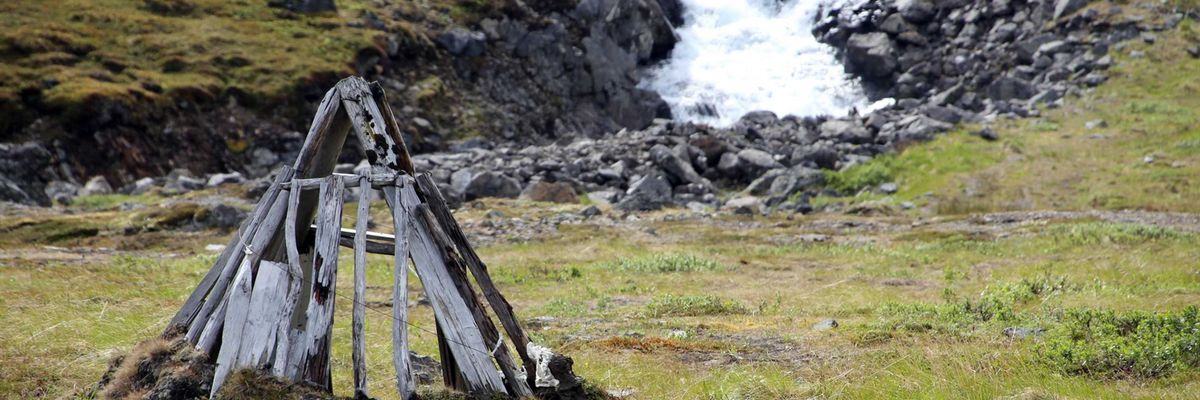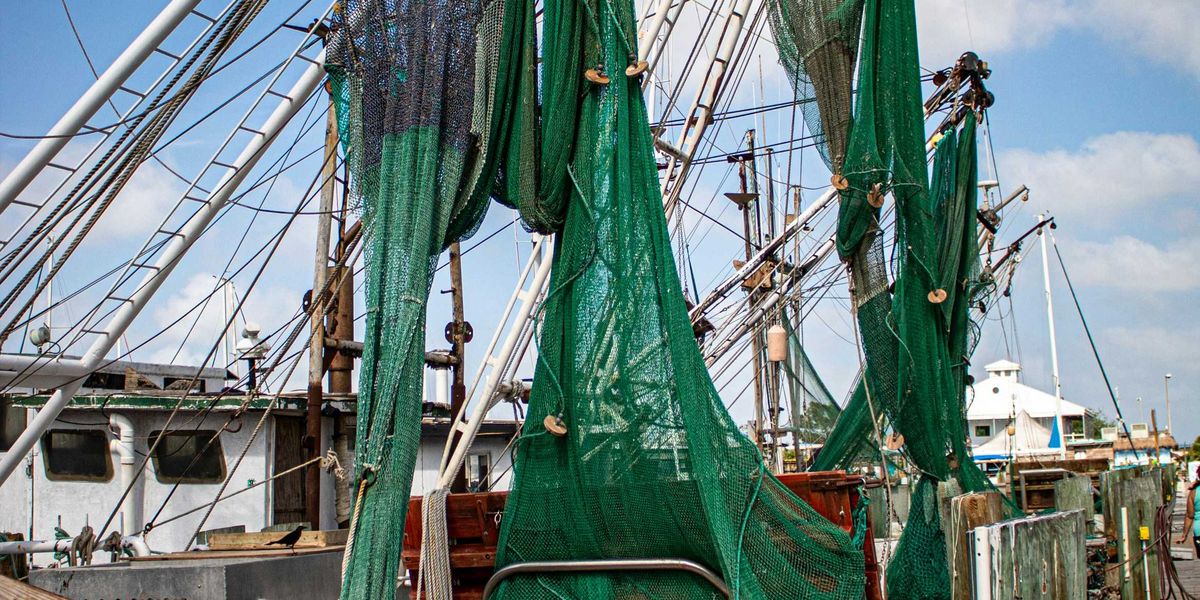electrical grid
Efforts to revitalize Puerto Rico's grid face delays and challenges
Puerto Rico's struggle to modernize its electrical grid, despite substantial federal funding, is hindered by outdated infrastructure, privatization and bureaucratic inefficiencies.
In short:
- Despite $14 billion in federal funds allocated for grid transformation, implementation lags, leaving the island vulnerable to frequent blackouts.
- Privatization of the grid has led to decreased reliability and higher costs, as private companies prioritize profits over public service.
- Advocates push for decentralized renewable energy solutions, yet progress is slowed by political and financial obstacles.
Key quote:
“It’s frustrating for the people here to see that they thought that this was a big opportunity for improvement, and it’s the same. We’re still working with these big companies. . . . We’re still reliant upon someone else.”
— Lorena Vélez Miranda, attorney for Earthjustice
Why this matters:
Puerto Rico’s outdated and unreliable grid not only jeopardizes lives during storms but also threatens economic stability. A shift to decentralized, renewable energy could provide long-term resilience and self-sufficiency for the island.
Be sure to read:
Biden needs a fast expansion of the electric grid. One project waited 17 years for its permits.
Hawaiian Electric’s insurance is far less than the claims made against it after wildfire
Battery storage expands in Texas as power grid struggles with record heat
Grid rewiring: An answer for Biden's climate goals?
Secretary of Energy Jennifer Granholm’s search for clean energy solutions has led her to a strategy that dodges permitting problems, saves money and could bring large amounts of renewables online, but remains largely unused.









